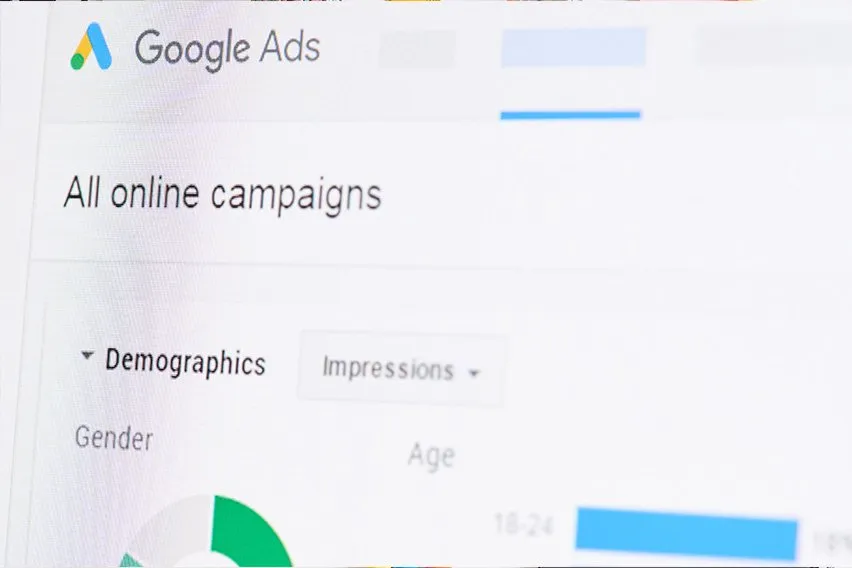Small Business Marketing Budget: How Much Do I Budget?

The amount you allocate to your marketing budget should be a direct reflection of the size of your business, the amount of competition there is, the appeal of your product(s), and the type of industry you’re in. On average, you should expect to budget up to 8% of your company’s annual revenues.
Here’s What We’ll Cover:
How Much Do Small Businesses Spend on Marketing?
How Do I Create a Marketing Plan for My Small Business?
How Much Do Small Businesses Spend on Marketing?
When a business is in its startup phase, an owner may find himself spending more on marketing, just to get the word out about his company’s products or services. The U.S. Small Business Administration recommends that businesses budget up to 8% of their annual revenues (if those revenues are less than 5 million per year) Certain industries, like retail, may need to allocate a much higher percentage.
Ideally, you should talk to other people within your industry and get an idea of what they’re spending. The type of business you’re in, how well your business is established (current sales), how popular your product is (or the potential for it, based on research), as well as your company’s long-term goals, will help you determine how much to allocate to your marketing budget.

How Do I Create a Marketing Plan for My Small Business?
Advertising is crucial to your business, because without it, consumers won’t be made aware of your products. However, budgeting marketing dollars for a startup can be as difficult as deciding which marketing channels to spend money on, because in the beginning a business doesn’t know which channels their customers will respond to best.
A proper marketing plan should test all available (and relevant) channels, and be built with a budget in mind. A company’s marketing plan will act as “roadmap”, making clear for your staff the company’s goals, and how exactly it will achieve them.
A marketing plan should include the following:
The Company’s Mission
This will be done through a “mission statement”. The mission statement defines the company’s values. It should answer the question: What is it we want people to think about us, when they hear our name?
For instance, JetBlue’s mission statement is:
“To inspire humanity – both in the air and on the ground.”
Positioning Statement
A positioning statement is one or two lines that clarify how your product or service fills a customer’s needs. For instance, Amazon’s mission statement is:
“Our vision is to be earth’s most customer-centric company; to build a place where people can come to find and discover anything they might want to buy online.”
The Company’s Sales Objectives (Or “Marketing Goals”)
How much does the business need to sell in order to maintain profitability? What is it hoping to achieve in sales, in the next year? The latter is very important because every marketing campaign should support that target number, and any other goals the company has, like increased awareness.
For instance, perhaps your company’s primary goal is to “increase monthly sales by 30% by October of next year”. Establishing this figure gives your business a way to measure success. Without it, there’s no way to know if the marketing has been successful (see “Marketing Channels”, below)
The Company’s Products and Features
What are the products your business should be focusing on in its advertising, and what are the unique selling features of each, that will attract customers? As well, what absolutely must be in all the messaging, and what should be excluded?
For instance, maybe a small business has a terrific product but it’s only sold in a few stores. In fact, 95% of all sales of this product are done through the company’s website. As a result, the company’s marketing plan notes that every piece of advertising needs to make clear the website’s URL. In addition, because the stores account for so little revenue, the plan also notes that they should never be mentioned.
Product Pricing
How much does the business charge for its products? Why does it think these price points are effective? What are sales like in the overall industry?
Competitor Analysis
Who are the competitors in this space? How are their products different, and why? How is their marketing different, and why?
Do a product and pricing comparison to your own products. This will not only help with your marketing, but perhaps it will make you rethink some of the features of your own products.
Target Demographics
Who exactly is your business targeting? Where do they live? What’s their age, sex, occupations and interests? Understanding this will determine which marketing channels to use in your advertising, and how you speak to those audiences.

Marketing Channels
What marketing methods are you considering employing? For instance:
- Billboards
- Digital (email, blog, social media, SEO & SEM, website)
- Direct marketing (mail or telephone)
- Print (newspapers, magazines)
- Trade shows
- Traditional (radio and TV)
It is important to note that companies are now spending more on digital marketing than ever before. Almost half of businesses now spend $500,000 or more on digital marketing annually, and 99% of all businesses plan to spend more on it, next year. When you consider that Facebook alone has 2.27 billion active users worldwide, and provides businesses targeting capabilities based on demographics, location, behavior, interests and connections, it’s no surprise that businesses are finding the costs worth it.
Part of the reason digital marketing is so popular is that it is much easier to track an ad or campaign’s effectiveness, than it is to track the results of traditional advertising methods of say, television or radio ads. This is done with digital marketing by tracking click-through rates (or “CTRs”) for each marketing campaign. A “click-through” is when someone who saw your ad clicked through to your website. From there, you can track if a purchase was actually made.
Budget
How much does the marketing department have to spend? Again, this should be a percentage based on your business’s annual revenue. Knowing this figure in advance will help to prioritize which products are marketed, and how big the campaigns (and their individual budgets) will be.
Marketing Calendar
A breakdown, month by month, of what will be promoted, and when.
Your marketing plan should be built a year in advance, and referred to often. Once its built, all campaigns or creative assets should be weighed with the plan in mind. For every promotion, ask yourself – does it align with the company’s strategies? Will the channel selected for this creative be effective? Will the messaging reach the target audience? (no point in having a “cool” campaign if it’s reaching the wrong demographic).
Lastly, it is crucial to always measure the success of each campaign. This will help you determine which types of marketing are working best, and what you should repeat again next year.
RELATED ARTICLES

 PPC for Small Businesses: Winning SEM Strategies to Grow Your Revenue
PPC for Small Businesses: Winning SEM Strategies to Grow Your Revenue How to Create a Business Website?
How to Create a Business Website? Marketing Automation for Small Businesses
Marketing Automation for Small Businesses How Does Google AdWords Work? The Basics of Google Ads
How Does Google AdWords Work? The Basics of Google Ads What Is PPC and How Does It Work?
What Is PPC and How Does It Work? Small Business Email Marketing: Top 5 Benefits of Email Marketing
Small Business Email Marketing: Top 5 Benefits of Email Marketing